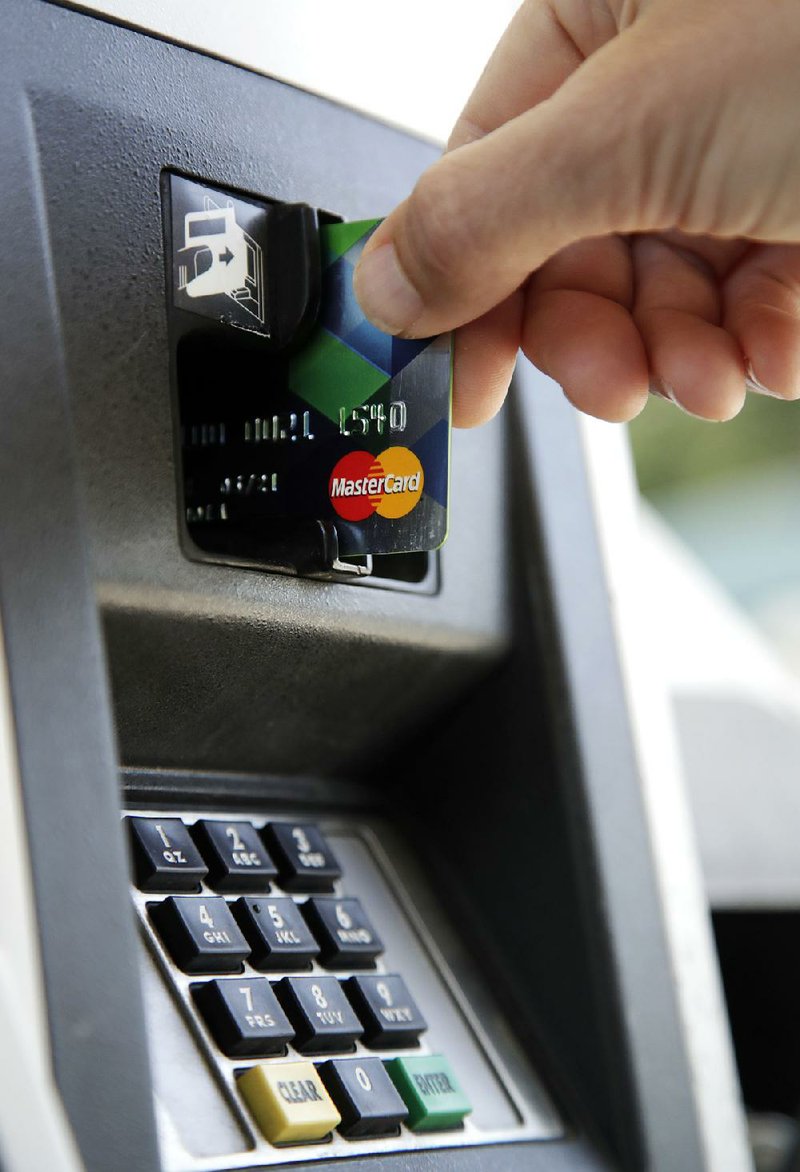U.S. consumer spending rose at a solid pace in December after an upwardly revised advance a month earlier as shoppers splurged during the holiday season. While incomes also rose, the saving rate fell to a fresh 12-year low.
Purchases, which account for about 70 percent of the economy, climbed 0.4 percent after a revised 0.8 percent advance, Commerce Department figures showed Monday. The December gain matched the median forecast in a Bloomberg survey. Incomes also rose 0.4 percent as worker pay climbed the most in three months.
The data are in sync with a report last week that showed faster fourth-quarter consumption, which put the biggest part of the economy on a firm footing entering 2018. In addition to low borrowing costs and steady hiring, many Americans will benefit from lower tax rates. A pickup in wages would provide further impetus for spending.
The Federal Reserve's preferred inflation gauge -- tied to consumption -- rose 0.1 percent in December from the previous month and 1.7 percent from a year earlier. Inflation has mostly missed the central bank's 2 percent target since 2012. Excluding food and energy, so-called core prices climbed 0.2 percent, matching the survey median. The core was up 1.5 percent from December 2016.
While inflation remains below the Fed's goal, officials are expected to keep raising rates gradually in 2018. Investors project that policy makers will raise rates three times this year, possibly starting as soon as March. Central bank officials are meeting today and Wednesday.
Wages and salaries increased 0.5 percent in December after a 0.4 percent gain, the data showed. Disposable income, or earnings adjusted for taxes and inflation, rose 0.2 percent after little change a month earlier.
Fourth-quarter household consumption expanded at a 3.8 percent annualized rate, matching the fastest pace since the end of 2014, Commerce Department figures on gross domestic product showed Friday. GDP increased at a 2.6 percent pace, slower than forecast, as trade and inventories subtracted from growth.
However, Americans' saving rate fell to 2.4 percent in December, the lowest since September 2005, from 2.5 percent.
Durable goods spending, adjusted for inflation, rose 0.8 percent after a 1.1 percent increase in the prior month; nondurable goods little changed after a 1 percent gain; household outlays on services, adjusted for inflation, increased 0.3 percent for a second month.
A net 48 percent of economists surveyed this month by the National Association for Business Economics said worker pay was increasing. That's the highest in 18 years and the third-highest in NABE data to April 1982. The net share expecting bigger wage costs over the next three months reached the highest since April 2014.
"More respondents report that their firms are hiring -- and having trouble filling positions -- than in the October survey," Kevin Swift, NABE vice president and chief economist for the American Chemistry Council, said in a statement. "Looking at 2018 as a whole, 63 percent of respondents expect their firms to increase sales, and three times as many expect hiring to increase rather than decrease."
Capital spending rose at more firms and is expected by business economists to keep climbing. A net 37 percent reported increased investment in the latest survey, conducted from Dec. 29 to Jan. 10, up from 28 percent at the start of the fourth quarter and the strongest since July 2015. At the same time, roughly two-thirds said no changes were made to hiring or investments in anticipation of changes in U.S. economic policy.
Shelly Hagan of Bloomberg News contributed to this report.
Business on 01/30/2018
